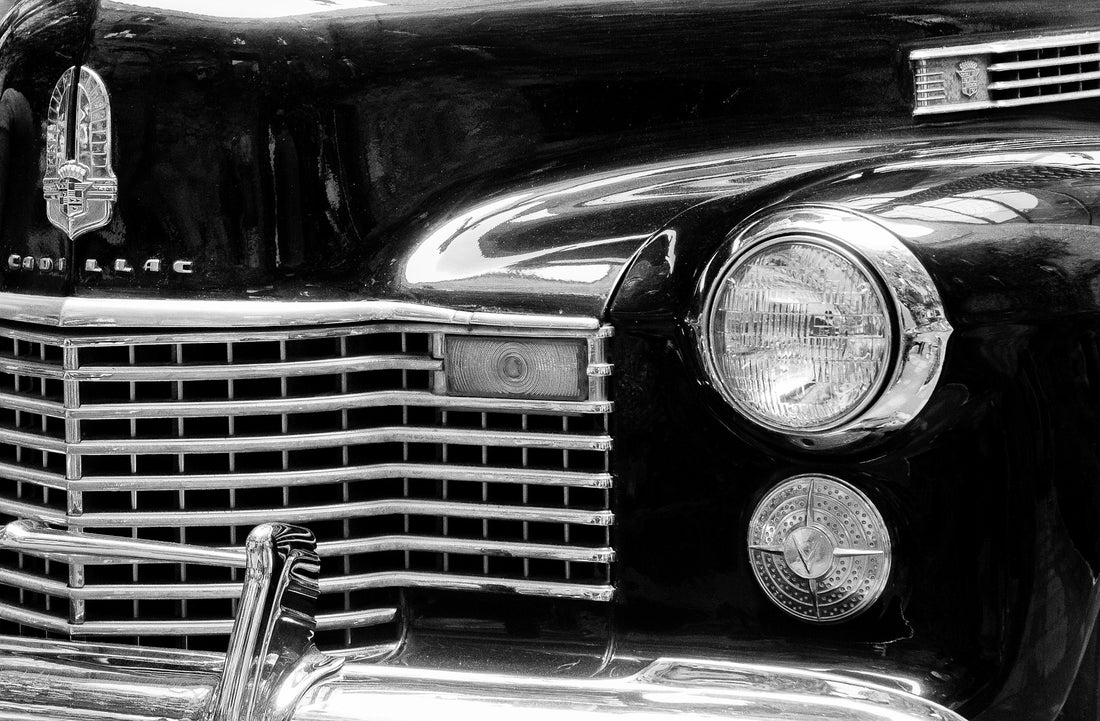I didn’t set out to be a hired gun, but it occurred to me pretty quickly that this was the likely path to earning a living — either that or find a great band. We can often lose our way on the road to surviving. I saw the light when, in 1985, I had just recorded 8 tracks of different basses on tracks 73-80 of a song that didn’t need more than 16. But such were the excesses of the 80s. A week or so later I was called to a session with Bob Dylan that was stripped down, free and open-ended. And it suddenly hit me that THIS was what I came to LA for, not the too-many-tracks kind of record. Even so, we don’t always love all the people we work with — and, like everybody else in their fields, musicians can be the worst kind of snobs. I’ve had my moments.
All of which is to say that the meeting of Rosanne Cash and my group of players was a very happy meeting — and for me, the happiest of that period of my life. She comes from a lineage that values song-writing, and by the time we met she had developed a sometimes-conversational way of sharing the seeming intimate details of her inner life with her listener. On the cusp of 50, she made an album of songs of the highest quality, primarily about the loss of her father, but also her step-mother, and, on her actual 50th, her mother.
I’ve written before about Bill Bottrell calling me and sending over Rosanne’s demos the night before we started recording, with a particular admonition to listen to the song “Black Cadillac” and to remember the song she had in mind by a band we really didn’t like, and also to keep in mind a song by a guy who we really liked.
Rosanne flew in from New York about 5 PM on day one — and by the end of the evening, “Black Cadillac” was 90% of the way there. She, Benmont Tench and I hung out upstairs in the kitchen chatting about books and the Fabs while Bill and engineer Mimi Parker finished the set up, and then we gathered around Rose on the floor of the studio as she played the song down. Benmont wrote up a chart, it was copied, and we set to work.
To someone who doesn’t know the process, it can seem very mysterious – even telepathic; some would argue that it is telepathic, but years of work suffice just as well. Someone begins playing and the rest of us just fall in, playing what our instincts have taught us over the years to hear. In my case, at least with the song “Black Cadillac”, I knew that whatever line I came up with, it needed to approximate a shape. I hadn’t rehearsed the song in my own, but knew that it would have a certain kind of vibe, and found that shape while the rest of the guys found what they were going to play. We played the song down a few times and “rolled tape” (I can’t actually remember if tape was used or not, though my instinct says yes — we hadn’t gone tapeless yet). And by take 5 we were all there.
By 90% of the way there, what I mean is that the essential framework of the song, everybody’s parts, the dynamic shape of it, was finished. What I heard in my headphones as we got the take was largely what you hear. A couple of overdubs the next afternoon and that was it for this first round.
I can’t remember just why, but a little while later I punched-in the bridge section (“Now it’s a lonely world; I guess it always was…”) — maybe I had a better idea. Whatever it was, there was a reason for me to do it, but what I remember about it now is only that it was better than the final version. It had a swing to it, a kind of roll, that’s been lost. This version of that part worked.
(By the way, I used a Rick Turner Model 2 bass, and the Versatone/V-72 set-up I described last issue. Why? Who knows? — it just felt right. The bass overdrove all the electronics just perfectly.)
The song got major surgery down the line — it was perceived as a possible hit — but then largely got put back to the way it was. Fortunately, the changes that were tried really didn’t work. When Julian Raymond and Andy Slater first heard a rough mix, they went nuts. What that meant in late 2004 was “gridding”. Gridding is the process of moving everything slightly so that, rather than the free-floating time that the song was played with, it all lines up on a (fairly fine) grid. It’s a way of making the song extremely regular. I had to re-do the bridge section yet again, and this time I played a simple pulse on the tonic of each chord. Although the gridding was undone, the bass part stayed as it was.
Later on somebody — I think it was Julian — complimented me on the bass, saying something like, “You couldn’t have played it any better.” But Bill looked at me and said, quietly, “Oh, yes, you could; you did already.”
Finally, the song got a horn overdub — mariachi-style trumpets doing the “Ring of Fire” line at the climax of the song, swimming in the chaos of the ending.
A few weeks after the album was released, I got a call from Dublin from a friend, a well-known session guitarist. He called to say, “No one could have played that but you.” I doubt it’s true, but it was nice to hear.



